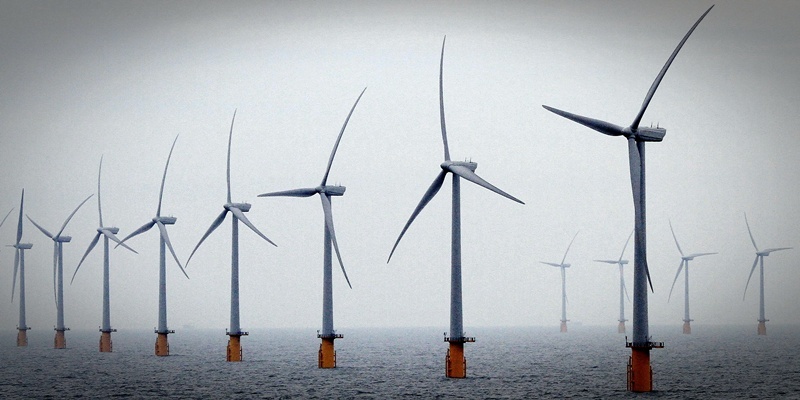Scotland’s renewable energy potential can best be unlocked as part of the United Kingdom, the energy minister will claim today.
Charles Hendry will question one of the central planks of the SNP’s economic argument for independence by insisting the Union makes it more likely areas such as Dundee and Fife can cash in on the lucrative market.
He will argue that the financial clout of the UK allows it to ”spread the costs” of the major upfront investment required to set up renewable energy projects.
The claim will be seen as a direct challenge to First Minister Alex Salmond, who views the sector as a pet project and has consistently cited it as an area that will be crucial in an independent Scotland.
But, in an address to the Edinburgh University Business School this afternoon, Mr Hendry will say: ”In energy we have a united ambition Scotland as a renewable energy powerhouse of Europe.
”We are working closely with the Scottish Government to make sure Scotland fully benefits from its resources.
”Being a United Kingdom means we can attract the large investment necessary and spread the costs. I firmly believe that Scotland’s ambitions profit from being part of the union.”
Mr Salmond has taken the lead in negotiating inward investment from renewable energy firms and even suggested the increased demand for offshore wind could transform Dundee in the same way Aberdeen benefited from the oil boom in the 1970s.
The SNP Government has also pledged to produce the equivalent of Scotland’s electricity needs from renewable sources by 2020.
But Mr Hendry will claim the Union also provides advantages for the electricity market.
”Huge investment is needed in the electricity sector in the coming years,” he will say. ”For example from 2020 to 2030 30-40GW of low carbon capacity needs to be added to the grid in order to meet our energy and climate change commitments.
”This will require an investment of around £100 billion. Improvement is critical and made easier because of the size of the UK market.”
A number of industry insiders have privately expressed fears the referendum planned for autumn 2014 and prospect of independence could threaten existing subsidy mechanisms and damage the sector.
But Mr Salmond insists there will be no disruption to Scotland’s renewable energy ambitions in the event of a Yes vote in the referendum.
A spokesman for Scottish Energy Minister Fergus Ewing said: ”Scotland has as much as a quarter of all of Europe’s potential offshore wind and tidal resources and a 10th of the continent’s wave power that will still be the case following independence.
”Independence will enable us to take full responsibility for this green energy revolution, along with the investment and thousands of jobs it brings.”
Photo by Gareth Fuller/PA Archive
